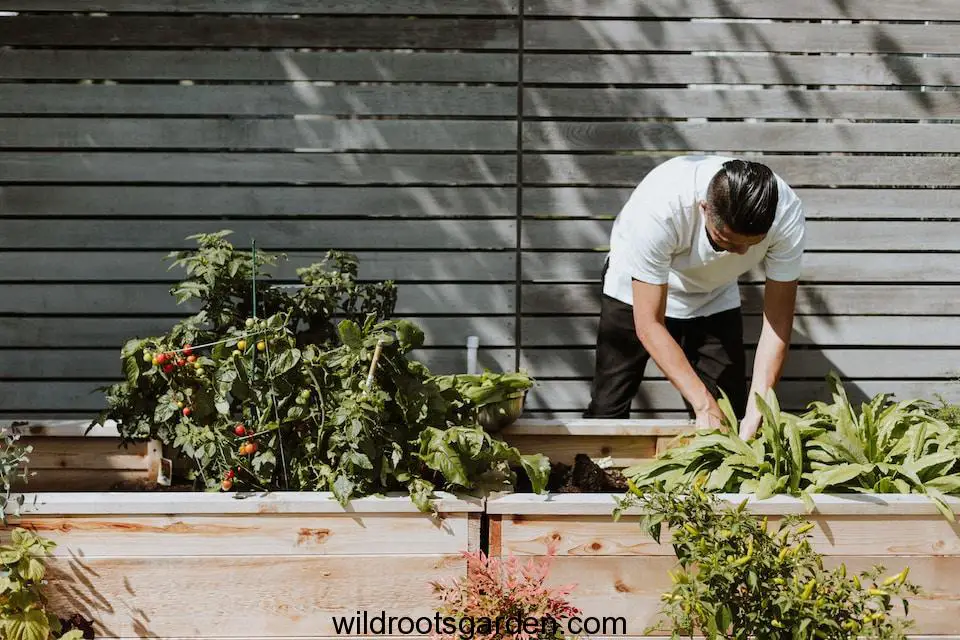Dirt Dethroned: Unleashing the Superhero in Preparing Soil for Tomatoes
In the exhilarating journey of cultivating your own tomatoes, one fundamental step holds the key to success: preparing the soil. This crucial task ensures that your plants establish a robust foundation, allowing them to flourish and produce an abundant harvest. Let’s dive deep into the art and science of preparing soil for tomatoes, exploring essential techniques and tips to create the perfect environment for these beloved plants.
Understanding Tomato Soil Requirements
To embark on your tomato-growing adventure, you must first grasp the specific soil requirements that will bring out the best in your plants. Tomatoes thrive in rich, well-structured soil that offers excellent drainage while retaining moisture. The following sections will outline the crucial aspects to consider when preparing soil for tomatoes.
Preferred Soil Texture for Tomatoes
Tomatoes thrive in deep, loamy soil that strikes the right balance between drainage and water retention. Loamy soil consists of sand, silt, and clay, offering the ideal environment for root penetration and nutrient absorption. When working with your planting area, aim for a soil texture that resembles that of a soft sponge: compact enough to hold moisture but loose enough to allow roots to grow freely.
Importance of Organic Matter
Organic matter is a game-changer in preparing the soil for tomatoes. It dramatically enhances soil structure, boosts water-holding capacity, and provides vital nutrients that support healthy plant growth. Incorporating elements like well-rotted compost or aged manure not only enriches your soil but also promotes a thriving ecosystem of beneficial microorganisms. These microorganisms play a vital role in aiding nutrient uptake and improving overall soil health.
Adjusting Soil pH
The pH of your soil can significantly influence nutrient availability for your tomato plants. Ideally, tomatoes prefer a slightly acidic soil with a pH level ranging from 6.0 to 6.8. Conducting a soil test is highly recommended, as it helps identify the existing pH and nutrient levels. If adjustments are necessary, materials like sulfur or lime can be used to bring the soil pH into the desired range. This simple step will set the foundation for robust tomato growth.
Adding Necessary Nutrients
Tomatoes are heavy feeders and require a range of essential nutrients for optimal growth, including nitrogen, phosphorus, potassium, calcium, and magnesium. Prior to planting, ensure your soil is rich in these nutrients. Soil testing can reveal deficiencies, and you can choose appropriate fertilizers or amendments to correct them. Balancing nutrients is key in preparing soil for tomatoes, as it helps produce vigorous and flavorful fruit.
Preparing Soil for Tomato Planting
Whether you are utilizing raised beds or in-ground gardening, the initial preparation of your planting site is crucial. Here’s how to do it effectively:
Clearing the Planting Site
Begin by clearing your chosen site of debris, weeds, and any harmful pests. This creates an uncluttered environment in which your tomato plants can thrive, ensuring their roots can easily access vital nutrients and moisture.
Digging Compost or Manure into the Soil
To enhance soil fertility and structure, dig compost or aged manure deeply into your planting beds. Target an area about three feet in diameter and two feet deep. This thorough incorporation guarantees that vital nutrients are well-distributed and accessible to your plants while also improving the soil’s drainage capabilities.
Aging or Composting Manure
If you opt to use manure as an amendment, always ensure it is well-aged or composted before mixing it into the soil during the spring. This process reduces the risk of introducing harmful pathogens and enhances the nutrient profile, thereby benefiting your tomato plants significantly.
Common Best Practices for Successful Tomato Soil Preparation
Utilizing expert tips can further increase your chances of a successful tomato crop:
The Lasagna Method
One effective approach you can adopt is the lasagna method. This involves layering organic materials like leaves, grass clippings, and compost over a prepared bed to enhance nutrient richness. Follow these steps:
1. Clear the area designated for your tomatoes.
2. Start with a thick layer of compost, about 2-4 inches deep.
3. Alternate layers of organic matter, such as leaves or grass clippings, maintaining a depth of around 2-3 inches.
4. Repeat until the total height reaches 12-18 inches.
5. Water thoroughly to encourage the decomposition process before planting.
Choosing the Best Soil Mix for Raised Beds
If you’re utilizing raised beds, select a high-quality soil mix specifically designed for vegetables. A recommended mix could be composed of 50% garden soil, 30% compost, and 20% peat moss. This formula offers excellent drainage, nutrient retention, and a light texture that allows roots to penetrate effectively.
Frequently Asked Questions
What Should I Add to the Soil Before Planting Tomatoes?
Before planting, great additions include well-rotted compost, aged manure, crushed eggshells for calcium, and Epsom salt for magnesium. These enrichments create a nutrient-dense environment that nurtures growth.
What Kind of Soil Preparation is Required for Tomatoes?
Prepare soil by first removing any weeds, then loosening it to a depth of at least 12 inches. Incorporate organic matter to enhance texture and fertility, steering clear of compacting the soil after planting.
Conclusion
Successfully preparing soil for tomatoes is a vital step that sets the stage for a thriving garden. By digging deep to incorporate organic materials and ensuring the right balance of nutrients and pH levels, you create a healthy environment for your plants. With these techniques, you are not just planting seeds; you are cultivating a bountiful future. Happy gardening!

